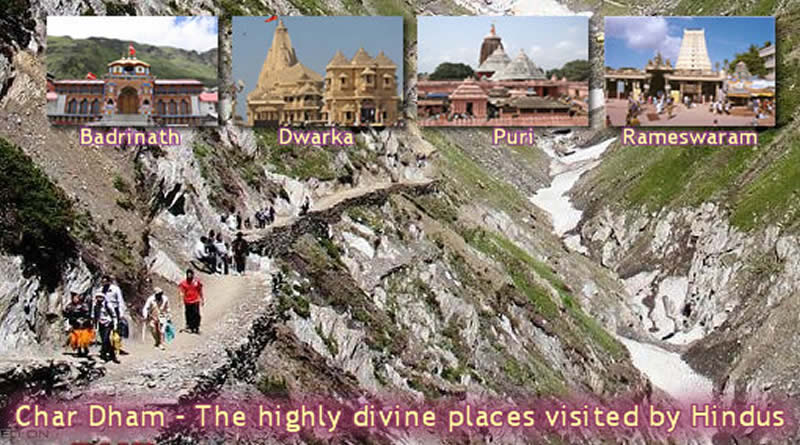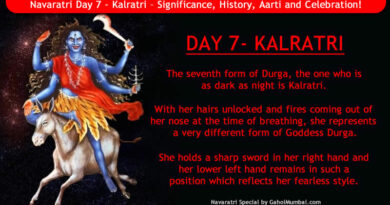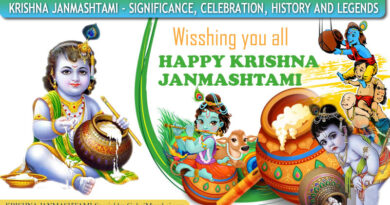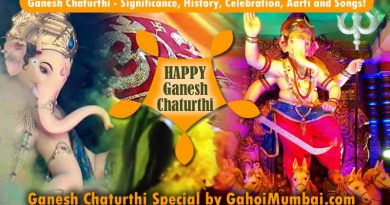About Char Dham and its importance!
About Char Dham, Its Importance And Visiting Sites In India!
Char Dham (4 Divine Abodes or Places) are considered highly sacred by Hindus to visit them during one’s in their lifetime for spiritual importance and blessings of almighty before leaving the world after demise.
Char Dham (The four holy abodes) are the names of four well-known pilgrimage sites in India that are usually respected and visited by Hindus. The Char Dham includes Badrinath, Dwarka, Puri and Rameswaram. It is considered highly sanctified by Hindus to visit Char Dham during one’s in their lifetime. The Char Dham is also defined by Adi Shankaracharya in different way and segregated as three Vaishnavite and one Shaivite pilgrimages.
The added Hindu pilgrimages sites in the Indian state of Uttarakhand as Yamunotri, Gangotri, Kedarnath, and Badrinath. These holy sites were known as Chota Char Dham to distinguish them from the bigger circuit of Char Dham sites, but after the mid – 20th century they have been also denoted as the Char Dham and are the part of Char Dham Yatra.
Char Dham and its Hindu Mythology:
As per the Hindu mythology, Badrinath became noticeable when Nar-Narayan, an avatar of Vishnu did Tapasya there. At that time the divine place was full of Plum trees. In Sanskrit language Plums are called Badri, so the divine abode was named Badrika-Van that is means the forest of Plums. The specific holy spot where the Nar-Narayan lived was so called Badri-Nath that is means the Lord of Plum forest. All this happened in the old time of the Sat-Yuga. As a result the Badrinath became the first Dham for all devotees.
The next divine abode, the Rameshwram got its significance in the time period of Treta-Yug when Ayodhya Lord Rama built a Shiv-ling here and worshipped it to get the blessings of Lord Shiva. The name Rameshwram means “the God of Lord Rama”. Rama himself is considered an avatar of Lord Vishnu.
The third one is Dwarka Dhaam got its significance in the time period of Dwapar Yug when Lord Krishna – an avatar of Lord Vishnu, made Dwarka his residence in place of his birthplace Mathura.
The Four Shankaracharya Peeth (Seats) at the Chaar Dham as a school of Hinduism established at least four Hindu monastic institutions by Adi Shankaracharya. Shri Adi Shankaracharya managed the Hindu monks under four Maṭhas (Sanskrit: मठ) (monasteries) as Govardhana Pitham in east at Jagannatha Puri (Odisha), Sringeri Sarada Pitham in South at Sringeri (Tamil Nadu), Dvaraka Pitham in west at Dwarka (Gujarat) and Jyotirmatha Pitham in North at Badrikashrama (Uttarakhand).
The four associated places of the Char dhaams to visit along with Char Dham: As per Hindu Puranas, Hari (Vishnu) and Har (Shiv) are known as eternal friends. It is believed wherever there resides Lord Vishnu, Lord Shiva also resides adjacent. Chaar Dhaams are also not exception for this. Subsequently the Kedarnath is considered as the pair of Badrinath, Rangnath Swami is considered the pair of Rameshwaram. Somnath is considered as the pair of Dwarka.
But one thing is also to be noted here that according to some traditions the Char Dham are Badrinath, Rangnath-Swami, Dwarka and Jagannath Puri all the four of which are Vaishnav sites and their associated places are Kedarnath, Rameshwaram, Somnath and Lingaraja Temple, Bhubaneswar (or may be Gupteshwar) correspondingly.
Char Dham Pilgrimage – Information about geographical locations and their significance:
Geographically, the four char Dham make a picture-perfect square on India Map with Badrinath and Rameswaram falling on the same longitude and Dwarka and Puri on the same latitude, representing the farthest north, east, west, and south points of India (before coastlines changed).
1. Badrinath Temple, Badrinath (Uttarakhand, India): A Dham of Nar-Narayan – an incarnation of Vishnu.
Badrinath is situated in the North Indian state of Uttarakhand.
It is in the Garhwal hills, on the banks of the Alaknanda River. The town lies between the Nar and Narayana mountain ranges and in the shadow of Nilkantha peak (6,560m).
2. Ramanathaswamy Temple, Rameswaram (Tamil Nadu, India): A Dham of Ramanatha Swamy – A God of Lord Rama.
Rameswaram situated in the South is in the Indian state of Tamil Nadu. It is located in the Gulf of Mannar at the very tip of the Indian peninsula.
According to Hindu mythology, this is the place from where Lord Rama, built a bridge Ram Setu to Lanka. The Ramanatha Swamy Temple devoted to Lord Shiva occupies a major area of Rameswaram. The temple is believed to have been blessed by Shri Rama Chandra. Rameswaram is important for the Hindus as a pilgrimage to visit Rameswaram in their lifetime. The main deity here is in the form of a Linga with the name Sri Ramanatha Swamy, it also is one of the twelve Jyotirlingas. Brahma, Vishnu & Maheswara three are together in all-time all places. It is believed that Rama is an avatar of Vishnu, Laxman is an avatar of Brahma and Hanuman is an avatar of Maheswara.
3. Dwarakadheesh Temple, Dwarka (Gujarat, India): A Dham of Lord Krishna – an incarnation of Lord Vishnu.
Dwarka situated in the west is in the state of Gujarat, India.
The city originates its name from the word “dvar” meaning door or gate in the Sanskrit language. It is situated close to where the Gomti River merges into the Gulf of Kutch. But, this river Gomti is not the same Gomti River which is branch of Ganga River. The city lies in the westernmost part of India. The legendary city of Dwaraka was the home place of Lord Krishna. It is believed that due to damage and destruction by the sea, Dvaraka has immersed six times and present Dwarka is the 7th such city to be built in the area.
4. Jagannath Temple, Puri (Odisha, India): A Dham of Brothers Lord Krishna, Balabhadra and his sister Subhadra – an avatar of Vishnu, Maheswara and Brahma.
Puri located at the east and is situated in the state of Odisha which is one of the eastern states of India.
Puri is one of the oldest cities in the eastern part of the India. It is located on the coast of the Bay of Bengal. The central deity is Shri Krishna, celebrated as Lord Jagannatha. It is the only shrine in India, where goddess Subhadra, sister of Lord Krishna is worshipped along with her brothers and known as Lord Jagannatha and Lord Balabhadra.
The main temple here is about 1000 years old and built by Raja Choda Ganga Deva and Raja Tritiya Ananga Bhima Deva. Puri is the site of the Govardhana Matha, one of the four key institutions or Mathas established by Adi Shankaracharya. Brahma, Vishnu and Maheswara three are together in all-time at every place.
In Kali Yuga, Sreemandir as jagannath temple in Puri is built. It is believed that Jagannath is an avatar of Vishnu, Balabhadra is an avatar of Maheswara and Subhadra is an avatar of Brahma.
Every year, Oriya people celebrate a special day in this Dham which is known as Ratha Yatra (“Chariot Festival”).
About Chota Char Dham:
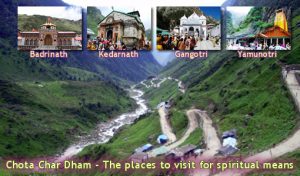
There are four abodes in Himalayas called Chota Char Dham (Chota meaning small) as Badrinath, Kedarnath, Gangotri and Yamunotri – all of these lie at the foot hills of Himalayas. The name Chota was added during the mid of 20th century to differentiate the original Char Dhams. The holy trip across the four cardinal points in India is considered sacred by Hindus who aspire to visit these temples once in their lifetime.
If you need any help regarding Hindu Pilgrimage or Hindu Pilgrimage related information, please leave your message at our Pilgrimage Help Centre.
All this information is free and only for informational purpose.

